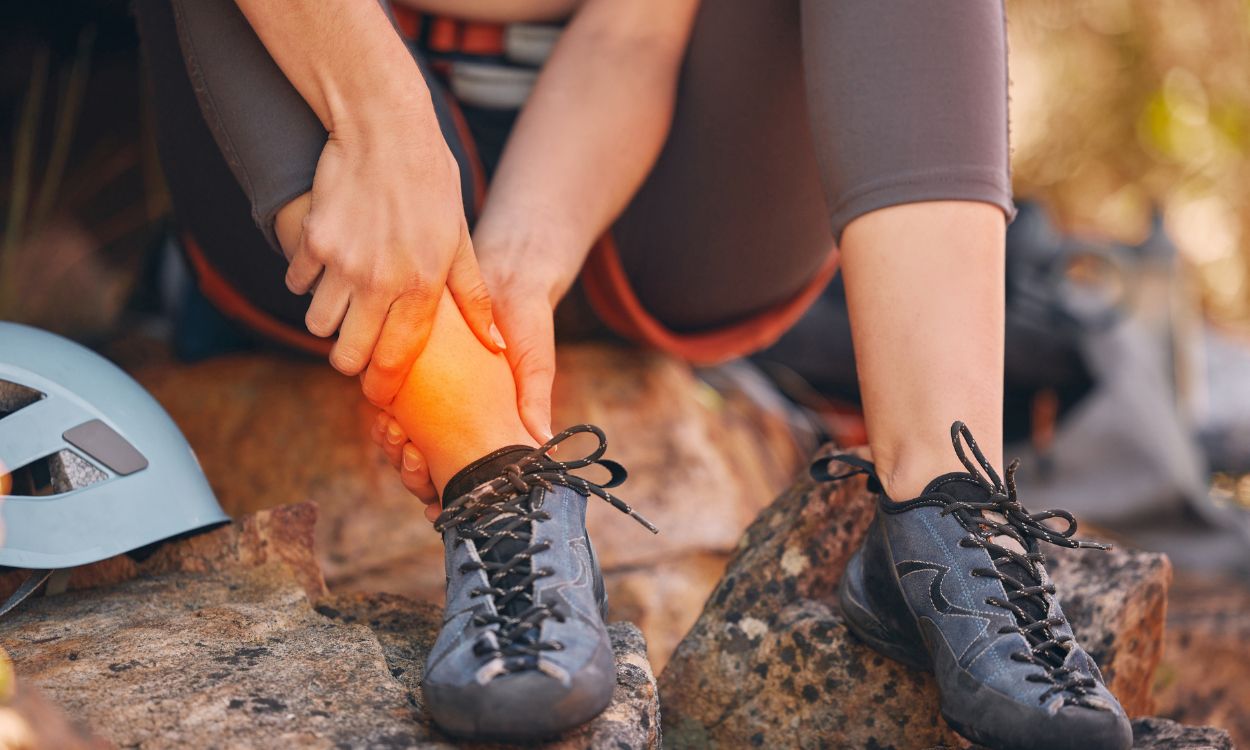Hiking Injuries: First Aid Measures and Emergency Preparedness – Your Guide to Safe and Healthy Trekking
Hiking is a great way to explore the outdoors, stay fit, and connect with nature. However, it is not without its risks. Hiking injuries can range from minor cuts and bruises to more serious conditions like sprains, fractures, and heat exhaustion. In this article, we will discuss some first aid measures and emergency preparedness tips that can help you stay safe and healthy while trekking.
First Aid Measures for Hiking Injuries
- Cuts and Scrapes: Clean the wound with soap and water, and cover it with a sterile bandage or dressing. If the wound is deep or bleeding heavily, seek medical attention.
- Sprains and Strains: Rest the affected limb, apply ice to reduce swelling, and elevate it above the heart. Use a compression bandage to support the injured area. If the pain is severe or you cannot bear weight on the affected limb, seek medical attention.
- Fractures: Immobilize the affected limb with a splint or sling, and seek medical attention immediately.
- Heat Exhaustion: Move to a cool, shaded area, remove excess clothing, and drink plenty of fluids. Apply cool, wet cloths to the skin to reduce body temperature. If the symptoms persist or worsen, seek medical attention.
Emergency Preparedness Tips for Hiking
- Plan your route: Before you start your hike, research the trail and plan your route. Make sure you have a map, compass, and GPS device. Inform someone about your route and expected return time.
- Pack essential items: Carry a first aid kit, sufficient water, high-energy snacks, and warm clothing. Wear sturdy, comfortable shoes and carry a walking stick for support.
- Check the weather: Check the weather forecast before you start your hike. Avoid hiking in extreme weather conditions like thunderstorms, heavy rain, or extreme heat.
- Know your limits: Choose a trail that matches your fitness level and experience. Take breaks as needed and listen to your body. Do not push yourself beyond your limits.
- Stay on the trail: Stick to the marked trail and avoid shortcuts. Do not disturb the natural environment or wildlife.
Conclusion
Hiking injuries can be prevented or minimized by following some basic first aid measures and emergency preparedness tips. By planning your route, packing essential items, and knowing your limits, you can enjoy a safe and healthy trekking experience. In case of an emergency, stay calm, assess the situation, and seek medical attention if needed. Download the Fitpaa app to get personalized health and fitness guidance, and achieve your health goals with guaranteed results. Stay fit, stay healthy, and happy trekking!









